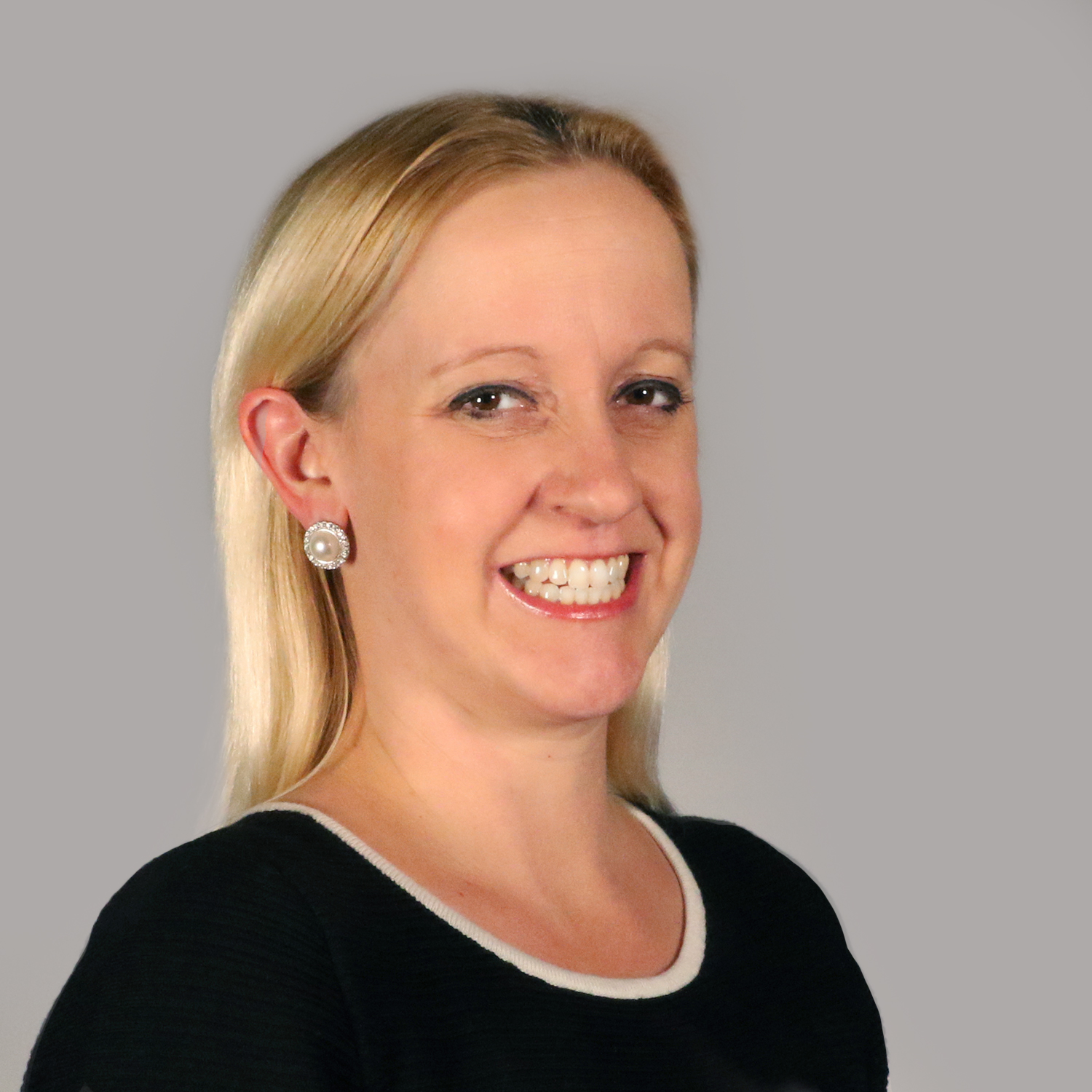New report shows that not all parts of Indiana have equitable access to school options
INDIANAPOLIS—EdChoice, a national nonprofit organization that promotes state-based educational choice programs, today release a new report using mapping software to generate drive-time distances to different schooling types in Indiana.
Indiana’s Schooling Deserts examines the state’s robust K–12 choice environment, under which more than 100,000 families are choosing a school for their children other than one that has been residentially assigned.
The maps produced for this report show where families do not have options when it comes to highly rated or non-traditional schooling options and where policymakers and education entrepreneurs might find opportunity to support or grow more high-quality options.
Click here to read the report.
Click here to use our interactive map to find out more about deserts in your area.
KEY FINDINGS
- The good news: Nine out of 10 Hoosier families are a 15-minute drive or less from an A-rated K–8 school of any type (public, private or charter) and a 21-minute drive from an A-rated high school of any type. All Indiana students are within 45 minutes of an A-rated school of any type.
- Despite its choice-rich reputation, not all parts of Indiana have equitable access to K–8 or high school options, creating so-called “schooling deserts” where families either lack access to highly rated schools or to options beyond one schooling type—or, in some cases, both. There also exist parts of the state where students only have access to a poorly rated school of any type.
- There are 24,810 K–8 students (2.8 percent) who live in a K–8 choice desert, meaning they are 30 minutes or more away from any K–8 charter, magnet or voucher-participating school. That number jumps significantly for high schoolers—45,072 students (9.8 percent) live in a high school choice desert.
- Certain parts of the state are struggling to provide quality regardless of school type. Many students live in educational opportunity zones, where students are zoned to attend a D- or F-rated public school but have no reasonable access—a 30-minute drive or less—to a charter, magnet or voucher-participating private school that isn’t poorly rated. Though we can’t say exactly how many students live within these opportunity zones because of data limitations, we do know that about 7,000 K–8 students and about 400 high school students attend the D- or F-rated schools marked on our maps.
ABOUT EDCHOICE
EdChoice is a nonprofit, nonpartisan organization dedicated to advancing full and unencumbered educational choice as the best pathway to successful lives and a stronger society. EdChoice believes that families, not bureaucrats, are best equipped to make K-12 schooling decisions for their children. The organization works at the state level to educate diverse audiences, train advocates and engage policymakers on the benefits of high-quality school choice programs. EdChoice is the intellectual legacy of Milton and Rose D. Friedman, who founded the organization in 1996.




